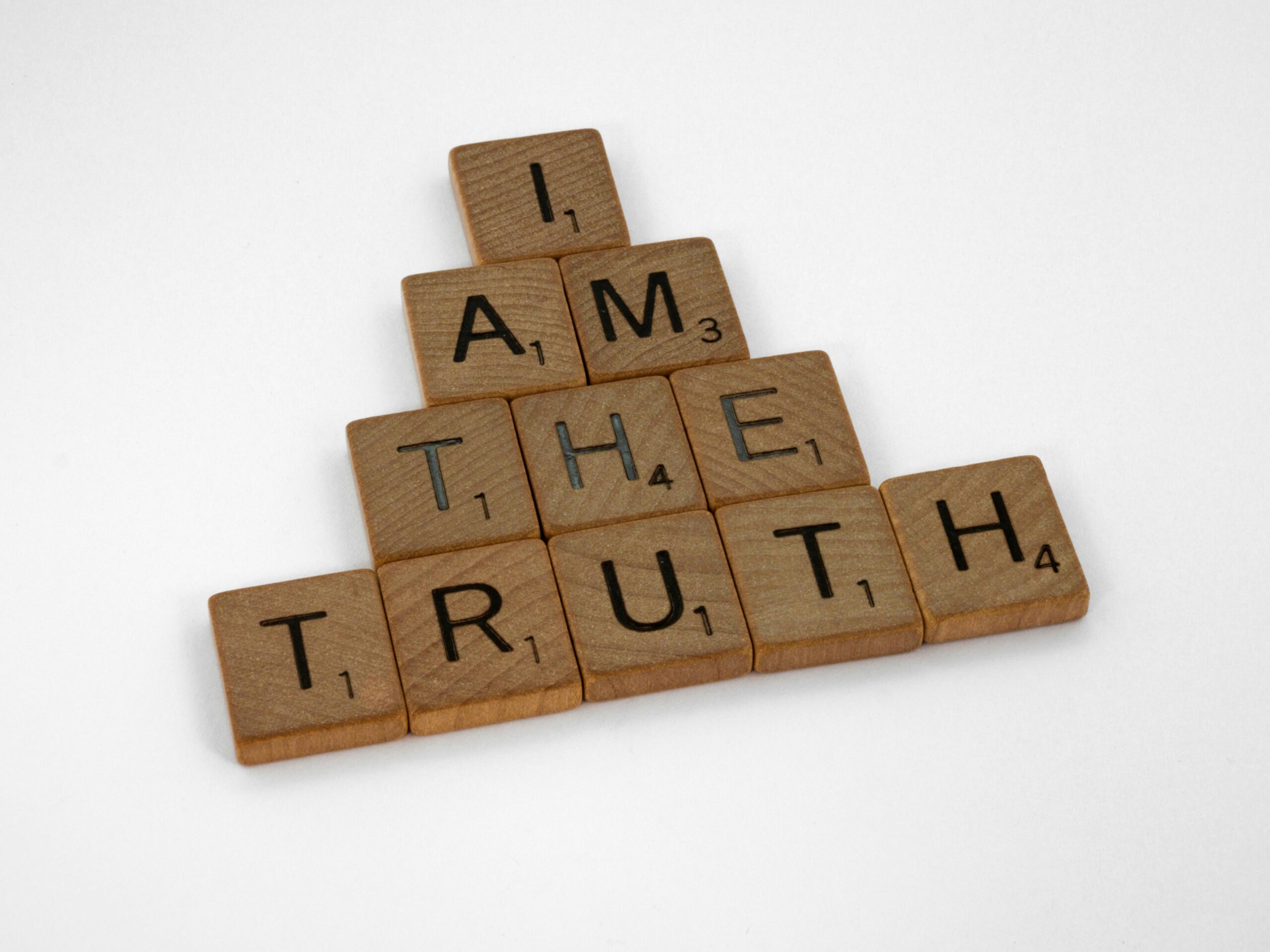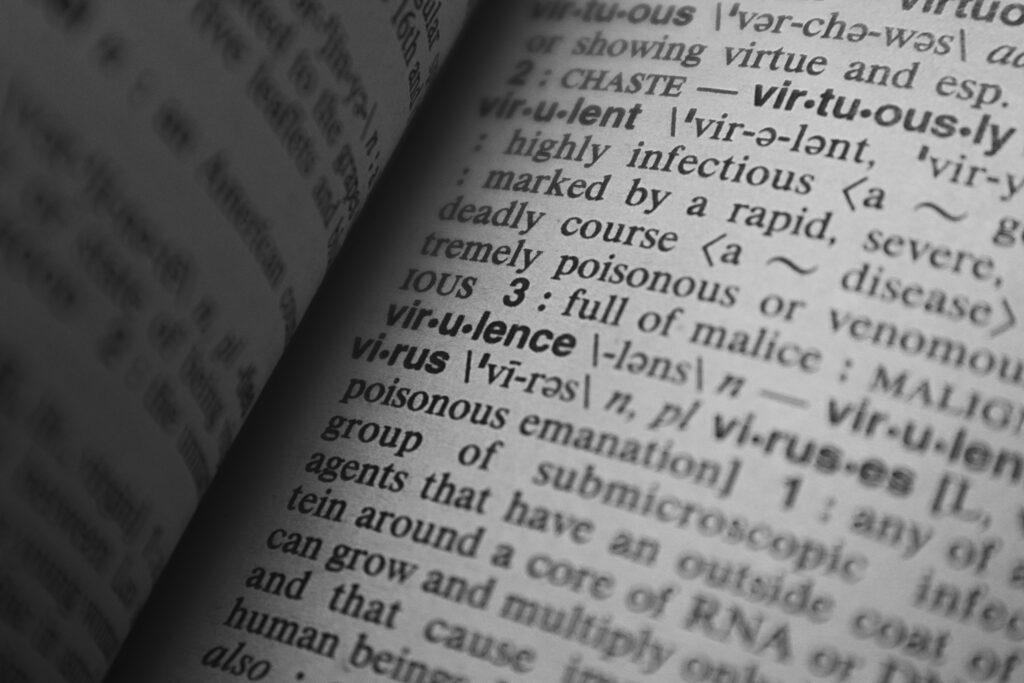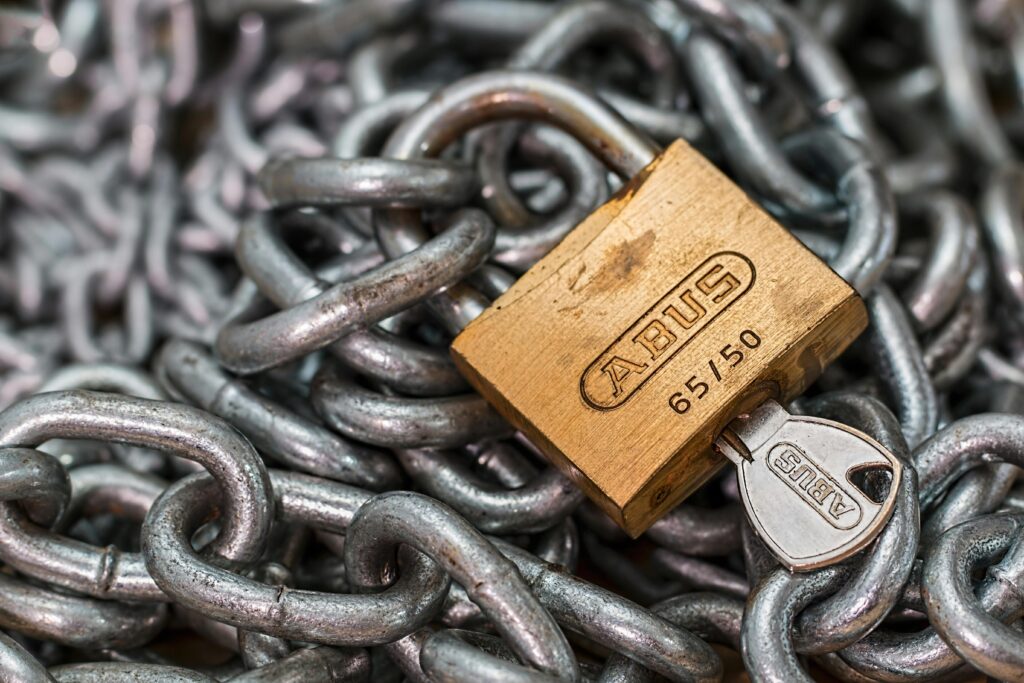
People say the truth sets you free, but cunning liars want to keep you trapped in a web of deceit. The truth often takes a backseat to persuasive storytelling in our complex world. Mastering the art of lying isn’t just about bold-faced falsehoods; it’s about constructing lies that are so close to the truth that they become indistinguishable from reality. Read on as we reveal the 15 sophisticated strategies skilled liars use to make their fabrications believable. Understanding these methods will protect you from being manipulated in today’s society. I’ve personally been a victim of #2, #5, and #15.
1. Utilizing Truth as a Foundation

Skilled liars often start with kernels of truth, building their fabrications around verifiable facts. This method makes the core of the lie harder to argue because it’s anchored in reality. By intertwining truth with falsehood, the liar creates a complex tapestry that confuses the listener, making it difficult to separate fact from fiction.
This approach lends credibility to the liar, as the elements of truth serve to validate the entire story, even if significant parts are entirely made up.
2. Appealing to Emotions

Emotionally charged stories can effectively manipulate listeners’ responses. Liars capitalize on this by crafting narratives that evoke strong feelings like empathy or fear. This act diverts attention from their factual fallacies without the listener even noticing. The emotional overlay not only masks the lies but also enhances the liar’s appeal, making their stories more memorable and difficult to question. Emotional manipulation also exploits the listener’s vulnerabilities, making them less likely to scrutinize the validity of the information being presented.
3. Omitting Specific Details

Liars avoid the intricacies where they are most likely to slip up, maintaining a broad, vague narrative that is difficult to debate. You can notice this in unfaithful partners, who often answer prying questions using short sentences.
This technique prevents them from getting caught in their own web of lies, as fewer details mean fewer chances to make a mistake that could reveal the truth. Additionally, by being vague, they leave room to adjust their story as the conversation progresses, adapting to the listener’s reaction and feedback.
4. Timing Their Lies

The timing of a lie can significantly enhance its believability. Liars tend to introduce their deceitful statements at a moment when the audience is distracted or less likely to question the details. Be wary of people who try to tell you information while you’re distracted or half-asleep; ask follow-up questions when you’re more alert! By choosing such moments, liars maximize the chances of their lies going unnoticed. This strategic timing is crucial in situations where the lie could potentially be verified, giving the liar a window to establish the lie before any verification occurs.
5. Projecting Confidence

Confidence in delivery can make even the most questionable claims seem more believable. You see this trait in the internet’s favorite liar, Joe Goldberg. Great liars often project assurance and calm, making it harder for others to doubt their words.
Projected confidence is a psychological trick that leverages the listener’s tendency to equate confidence with knowledge and truthfulness. Moreover, a confident delivery can intimidate the listener, suppressing their instinct to question or challenge what they are hearing.
6. Mirroring Language and Behavior

If you’re talking to someone and they mimic your every move, you’re being influenced. Liars create a sense of familiarity and trust by reflecting their listeners’ language styles and behaviors. This act makes their lies more accepted and their listeners more likely to be deceived. By mirroring, liars effectively lower the listener’s psychological defenses, making the person more receptive to suggestions and more trusting, thereby facilitating the acceptance of lies.
7. Utilizing Technology

Savvy liars use technology to fabricate evidence, from photoshopped images to fake digital footprints. The rise of AI makes this process easier. People now need fewer skills to make these fake claims. Technology not only provides tools for creating lies but also for spreading them widely; digital platforms can amplify false information, reaching a large audience quickly. This technological aid in lying creates a challenge for authenticity, as distinguishing between real and fake becomes increasingly difficult.
8. Creating Information Overload

Some liars bombard their audience with overwhelming information, details, and statistics. This tactic can confuse and tire people, making them less likely to question the information. I’ve seen this used in sales pitches, too. I’m not calling all salespeople liars, but they are persuasive.
By overwhelming the listener, the liar can exploit the cognitive overload, which reduces the listener’s ability to critically analyze all the information provided. A barrage of data can obscure the lies, embedding them in a flood of seemingly impressive details.
9. Exploiting Cognitive Biases

Liars are adept at recognizing and exploiting biases. One of them is the confirmation bias, where people favor information that confirms their existing beliefs. Another is the halo effect, where people assume attractive people are smarter, kinder, and less likely to lie.
By playing to these biases, liars can subtly influence how their information is received and processed. This strategic manipulation often goes unnoticed, allowing the liar to exploit these biases over time to build credibility and trust.
10. Maintaining Consistency

Consistency in deceit helps to avoid suspicion. Persistent liars make sure their stories maintain a level of consistency that stands up to scrutiny over time. If a liar slips up on their story, they could easily be found out! Consistent lies require careful memory and attention to detail, traits that successful liars hone over time. Consistency also helps to build a believable narrative, which can be repeatedly presented to different audiences with little modification.
11. Using the Illusory Truth Effect

Did you know repeating a lie several times can make it seem more truthful to the liar and the listeners? This is how evil people stay in power for so long. Liars often repeat their false statements to help their audience learn the lie so it’s more believable and accepted.
Repeated exposure to a lie can lead to acceptance as truth, a phenomenon known as the illusory truth effect. This technique leverages the human tendency to believe what is familiar, making it a powerful tool in the liar’s arsenal.
12. Playing to Social Norms

Liars often craft their falsehoods by aligning them with social expectations or norms. This makes the lie seem more legitimate and harder to question. I mean, who didn’t lie to their parents about having a chill night with friends when they were really going to a party or sneaking off to see their crush? Aligning lies with common behaviors or expectations reduces the likelihood of scrutiny, as the lie appears to conform to what is typical or expected in a given context.
13. Incorporating Complex Language

Using complex language or professional jargon can help obscure the truth. This feeds on people’s tendency not to ask questions when they don’t understand something. And we can’t challenge things we don’t understand. Complex language can act as a smokescreen, masking the absence of substance in the liar’s words. This tactic is particularly effective in professional settings, where technical language is common and questioning it might risk appearing ignorant or uninformed.
14. Building a Reputation of Honesty

A good reputation can take you far. Long cons often involve establishing a reputation for honesty over time. Liars use this built-up trust to support bigger lies, which are less likely to be questioned due to their previously “honest” behavior. The long game involves a careful balancing act, where the liar must consistently appear truthful and reliable, building a foundation that will support future deceptions.
15. Distractions, Distractions, Distractions

Liars often use the technique of misdirection, drawing attention away from their fable by creating a distraction or introducing a new topic. For instance, if questioned about a specific detail, they might bring up an unrelated but emotionally engaging issue to divert attention. This tactic not only confuses the listener but also buys the liar time to fabricate more believable details or to escape further scrutiny.
Deception Is Artfully Constructed

These strategies reveal how deception can be artfully constructed to weave convincing illusions that withstand scrutiny. Understanding these techniques is essential for detecting deception and protecting yourself from manipulation. Have any of these tactics been used on you?
Read More
Dispelling Dietary Fables: 12 Nutrition Myths Our Grandparents Believed That Have Been Proven Wrong
Busting Health Hoaxes: 10 Medical Beliefs from the Past Century That Science Has Discredited

